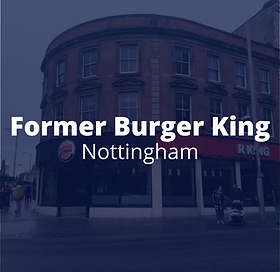
Management of demolition Birmingham :
So again, they negotiated with Brindleyplace management to gain permission for a night-time crane lift. They were given a slot on a Monday night to erect a 160-tonne crane and carry out all rooftop removals, with the crane needing to be gone by 6 am on a Tuesday. It was critical to their demolition Birmingham program that these works went to plan, and with our experienced team and trusted supply chain partners, all the works were completed safely within the prescribed time frame. With the intricate rooftop plant removal works completed, we started on the 6th floor with a very crowded plant room consisting of numerous large air handling units, boilers, BMS equipment, and various domestic cold water and heating equipment, which all had to be dismantled by hand and brought down via a passenger lift to the ground floor for disposal.
They were fortunate enough to have a large atrium area where they could store non-combustible materials and process them before removal and recycling off-site. They had to demolition Birmingham strip all mechanical and electrical services from above ceilings and below raised access floors while at the same time retaining the bus bars. A lead paint survey, carried out during the enabling & surveying period, exposed the presence of red lead paint on most pipework and fuel tanks to be removed.
They introduced a heightened level of PPE, cleanliness, and mechanical ventilation at all times and during all works, whether the tasks were directly or indirectly related to the lead-painted pipes. Additionally, to fulfill our duty of care to our employees when conducting the removal of the lead-painted pipework, we introduced the option for medical surveillance for all staff and operatives by taking and testing blood samples for lead levels only.

Measures the demolition Birmingham :
The blood sampling took place on-site, and the results were utterly confidential. The main benefit of conducting these tests in a secure location on site was that it limited downtime and maximized productivity. These demolition Birmingham measures ensured all employees’ health, safety, and welfare, which is paramount to Strip Out Solutions. They were always careful to generate the correct waste types for the 35-yard skips we had sited within our compound. We left the block work wall demolition until last, which we then stock-piled in the basement area and used a skid steer loader to load out the hardcore onto a boarded area within our compound.
This enabled us to utilize a grab wagon to speed up the hardcore removal, keeping the project on track. As part of our waste management plan, we estimated our waste volumes and negotiated with our supply chain to achieve zero waste to landfill. For the hardcore disposal, there were approximately 500 cubic meters taken away and crushed into reusable aggregate at a local recycling center. With a great management team, skilled operatives, and a realistic program, they delivered this project safely, on time, and with the final account agreed upon before Practical Completion.
They believe that when looking for a strip-out contractor for a sizeable strip-out project, either as a Principal Contractor or sub-contractor, it is critically important that the chosen contractor understands fully that they need to demonstrate their experience, knowledge, management, and operative training to adequately meet their client’s requirements, which is precisely what we deliver here, time and time again, at Strip Out Solutions.
